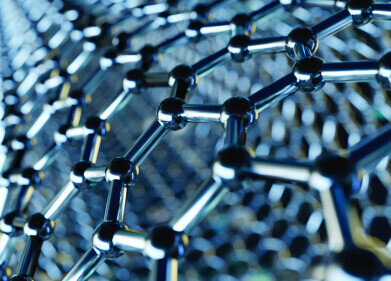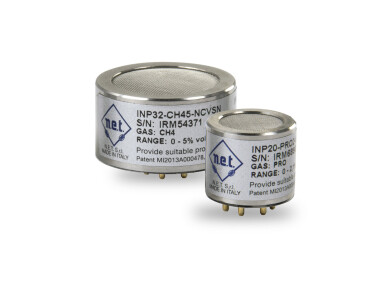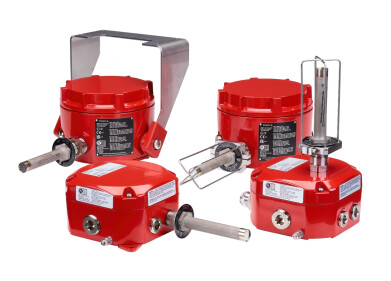Safety
How Do Flame Sensors Work?
Nov 29 2014
A flame sensor detects the presence of fire or flames. In extremely hazardous environments, flame sensors work to minimise the risks associated with fire. There are several different types of flame sensor - some will raise an alarm while others may activate a fire suppression system or deactivate a combustible fuel line. Among the many different types of flame sensor, ultraviolet flame sensors, near IR array flame sensors, infrared flame sensors and IR3 flame detection sensors are the most prominent.
In a hazardous environment, such as a petrochemical processing plant, failing to detect gas leaks, fires or explosions could prove disastrous. However, more needs to be done to help distinguish dangerous gas leaks or flames from annoying false alarms. In this article, Artificial Neural Network Technology Improves Gas & Flame Detection in Hazardous Areas, we take a closer look at the different ways we can reduce false alarms.
Different types of flame sensor
-
Ultraviolet flame sensors
Ultraviolet flame sensors work within wavelengths of no more than 300 nm. Within 3-4 milliseconds, ultraviolet flame sensors can detect explosions and fires by measuring the levels of radiation in the atmosphere (additional radiation is emitted at the moment of ignition). Unfortunately, false alarms are fairly commonplace. Other UV sources, such as lighting, arc welding and even sunlight can all trigger the sensor. In order to counter this, many ultra violet flame sensors feature a built-in time delay.
-
Near IR array flame sensors
Near IR array flame sensors, which are also known as “visual flame detectors”, boast flame recognition technologies. These sensors confirm the presence of flames by “reading” near IR radiation via the pixel array of a CCD.
-
Infrared flame sensors
Infrared flame sensors are designed to work within the infrared spectral band. When an explosion occurs, certain hot gasses will emit patterns in the infrared region, which can then be analysed using a specialised thermal imaging camera. Infrared flame sensors are somewhat prone to false alarms, so generally feature an inbuilt time delay.
-
IR3 flame detection sensors
Most IR3 flame detection sensors have been designed to disregard background radiation. These devices measure the modulated elements of radiation only. IR3 sensors are, therefore, less susceptible to false alarms than their ultraviolet and infrared counterparts.
Other notable types of flame sensor include ionisation current flame detection and thermocouple flame detection. Ionisation current flame detection systems are generally used in conjunction with large industrial processes gas heaters and are connected to the flame control system. Thermocouple fame detection systems are found in gas-powered ovens and heating systems.
Where and why are flame sensors used?
Flame sensors are utilised in a number of hazardous environments, such as hydrogen stations, industrial heating and drying systems, industrial gas turbines, domestic heating systems and gas-powered cooking devices. Their primary purpose is to minimise the risks associated with combustion. Often, a flame sensor responds more swiftly than a heat or smoke detector.
Digital Edition
PIN 25.5 Oct/Nov 2024
November 2024
Analytical Instrumentation - Picturing Viscosity – How Can a Viscometer or a Rheometer Benefit You? - Sustainable Grease Formulations: Evaluating Key Performance Parameters and Testing Method...
View all digital editions
Events
Jan 20 2025 San Diego, CA, USA
Jan 22 2025 Tokyo, Japan
Jan 25 2025 San Diego, CA, USA
SPE Hydraulic Fracturing Technology Conference and Exhibition
Feb 04 2025 The Woodlands, TX, USA
Feb 05 2025 Guangzhou, China



















